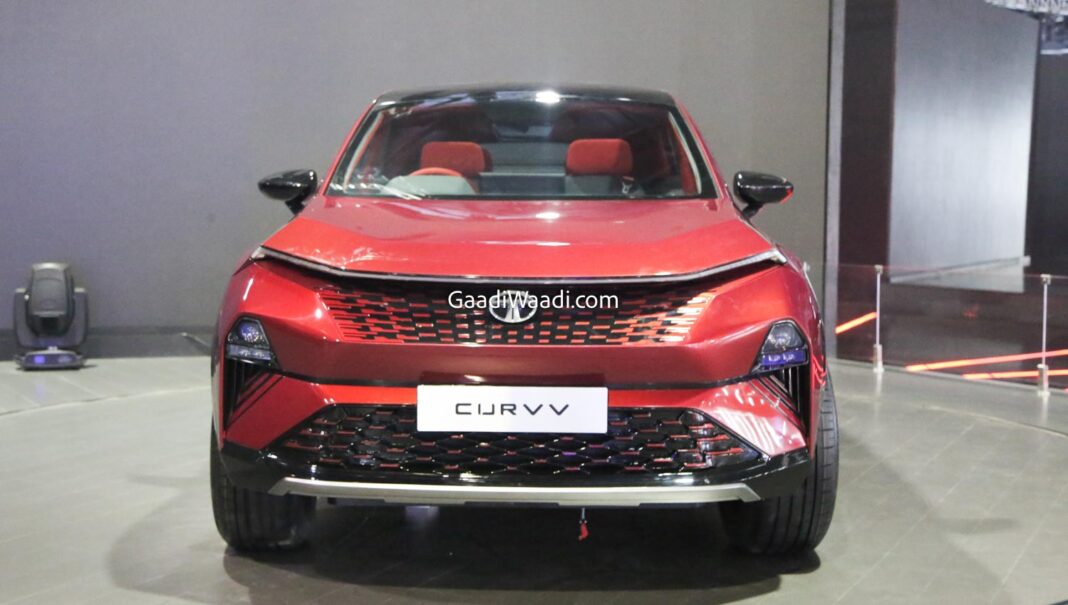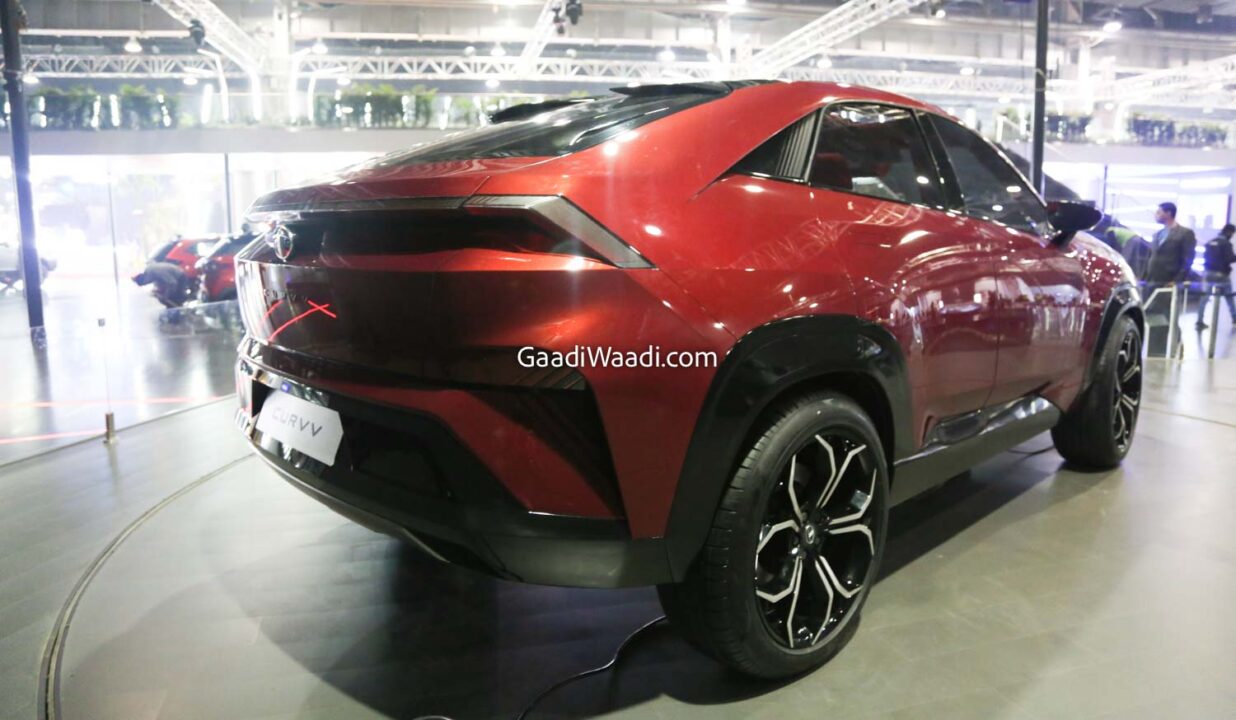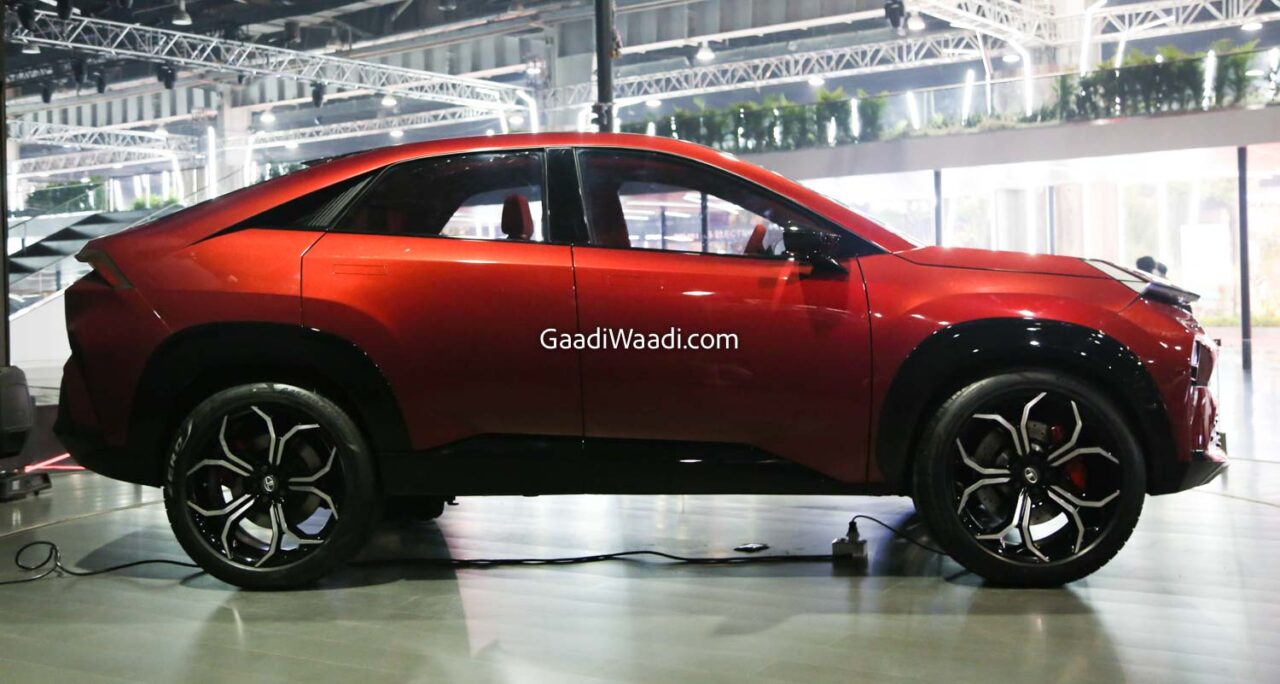
Tata Curvv will be powered by a 1.2-litre direct injection turbocharged three-cylinder petrol engine that will kick out 125 hp and 225 Nm
Tata Motors displayed a variety of new models and near-production concepts at the 2023 Auto Expo in Greater Noida. In addition to them, Tata unveiled two brand new direct injection petrol engines that will make their way into a number of future as well as existing offerings. They are the 1.2L DI turbo and 1.5L DI turbo gasoline units.
Upon their debut, they will apparently be capable of running on E20 fuel blend and comply with more stringent emission standards. The 1.2-litre TGDi petrol engine will be introduced in the upcoming Curvv as early as next year while the bigger turbo mill could debut in the Sierra by the middle of this decade. The Curvv and Sierra were unveiled in their close-to-production guise at the motor show.
The next-generation powertrains will have a stiffer construction with improved performance and fuel economy compared to the existing units. The aluminium-built engines will feature dual cam phasing, integrated exhaust manifold in the cylinder head and a variable oil pump. The water-cooled VGT (Variable Geometry Turbocharger) will help in offering better low-end torque according to the brand.
For longer service life, they are equipped with new timing and valve chains. The Curvv-bound 1.2-litre direct injection turbocharged three-cylinder petrol engine will kick out 125 hp at 5,000 rpm and 225 Nm of peak torque between 1,700 and 3,500 rpm. It will be slightly more powerful and 55 Nm torquier than the existing turbo 1.2 found in the Nexon.
Following its debut in Curvv, the engine could replace the existing Revotron mill in models like Nexon. The bigger 1.5-litre four-pot DI turbo petrol engine will develop 170 hp at 5,000 rpm and 280 Nm of peak torque at 2,000-3,500 rpm. Both engines will be linked with manual and automatic transmission options. The 1.5 unit could be reserved for more upmarket models including the upcoming Sierra.
It will likely be plonked onto the Harrier and Safari in the near future as both midsize SUVs are currently powered by a 173 hp 2.0-litre turbo four-cylinder diesel engine only, sourced from Fiat.


